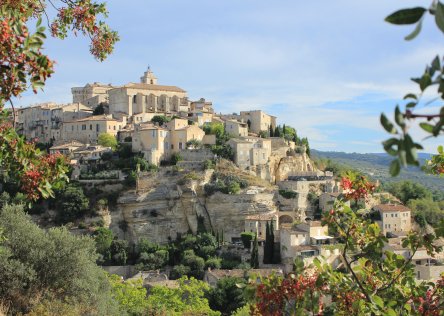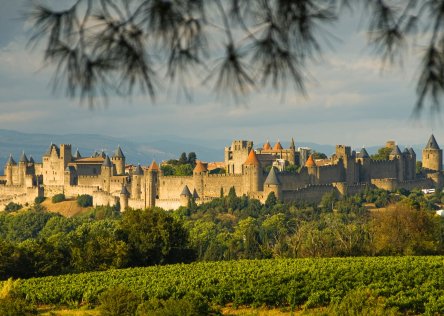Interested in European history? Normandy is rich with fascinating memorials and museums commemorating some of Europe's darkest days
The beaches in Normandy are of great historical importance. It was here that, on the fateful day of the 6th June 1944, also known as D-Day, the Allies invaded Normandy and began the liberation of Nazi-controlled north-western Europe.
On the first day, around 160,000 troops landed on the beach and by the end of June, one million soldiers had crossed the English Channel and marched on to the beaches of Normandy. It was the largest seaborne invasion of all time and has been described by historians as the beginning of the end for Hitler and the Nazis. However, despite the success of the operation, the death toll was heavy and over 4,000 lives were lost on the first day alone.
Today, there is no shortage of memorial sites along the coast of Normandy commemorating the brave individuals who risked or gave their lives to fight in the Second World War. During the preparations for the landing, the Allies had divided up the 60 mile stretch of coastline into five sections and gave each section a code name: Utah, Omaha, Juno, Gold and Sword. Each beach has its own memorials and museums, and there are other important sites dotted around the area.
Here are some of the most important:
Caen Memorial
It is a good idea to start your visit to Normandy’s D-Day sites with a trip to the Caen Memorial. This museum offers a comprehensive overview of WWII, detailing major events that happened from the end of the First World War, all the way through to the Second World War and right up to the fall of the Berlin wall. The museum is huge and could easily take all day to see, so give yourself plenty of time to be able to take everything in.

Flags blowing in the wind outside the Caen Memorial - © Caen Memorial Museum
Utah Beach Museum
Utah Beach is where the first Allied soldier set foot on French soil. Now, on this spot, there stands a museum, which chronicles the events leading up to Operation Overlord, including details about the state of the failed German Atlantic Wall defence. The museum comprises a good mixture of objects and films, which put together to puzzle pieces and allow visitors to visualise what took place on D-Day.

The Utah Beach Museum - © Dreamstime
The D-Day Museum
Located in Arromanches-sur-Mer, the D-Day Museum gets into the nitty-gritty details of the construction of the phenomenal temporary Mulberry Harbour. The Allies knew that to conquer the Northern coast of France they would need a port to keep soldiers reinforced with supplies. However, the Allies were not planning on taking any ports. To solve this dilemma, they constructed two temporary harbours – the planning and execution of which are recounted in the museum. To this day, remnants of the original port can still be seen.

The D-Day Museum in Arromanches-sur-Mer - © Pinterest
American Military Cemetery
Nothing quite renders you conscious of how many lives were lost in the Second World War like this beautiful but eerie memorial site. Here, thousands of white crosses sit in perfect lines, stretched out across fields that overlook the sandy beach that was the site of so much devastation. There is a visitor centre and exhibition onsite, which give details about the lives of the soldiers, exhibiting letters they had written to their wives and girlfriends back home.

The white crosses marking the graves of fallen soldiers at the American Military Cemetery - © History Channel
The Canadian Juno Beach Centre
This museum is slightly different to the others that recount the events of D-Day. As well as explaining what happened during Operation Overlord, the museum takes a general look at Canada’s involvement in the war. Visitors to this museum will learn how Canada got involved with the war as well as background information about how the country was affected by the goings-on in Europe. After visiting the exhibitions, visitors are escorted to the beach and to a bunker that sits in front of the museum.

One of the features of the Canadian Centre at Juno Beach
If you are interested in visiting the beaches of Normandy, get in touch and we will create a bespoke itinerary for your French vacation that includes any number of historical sites across France.












